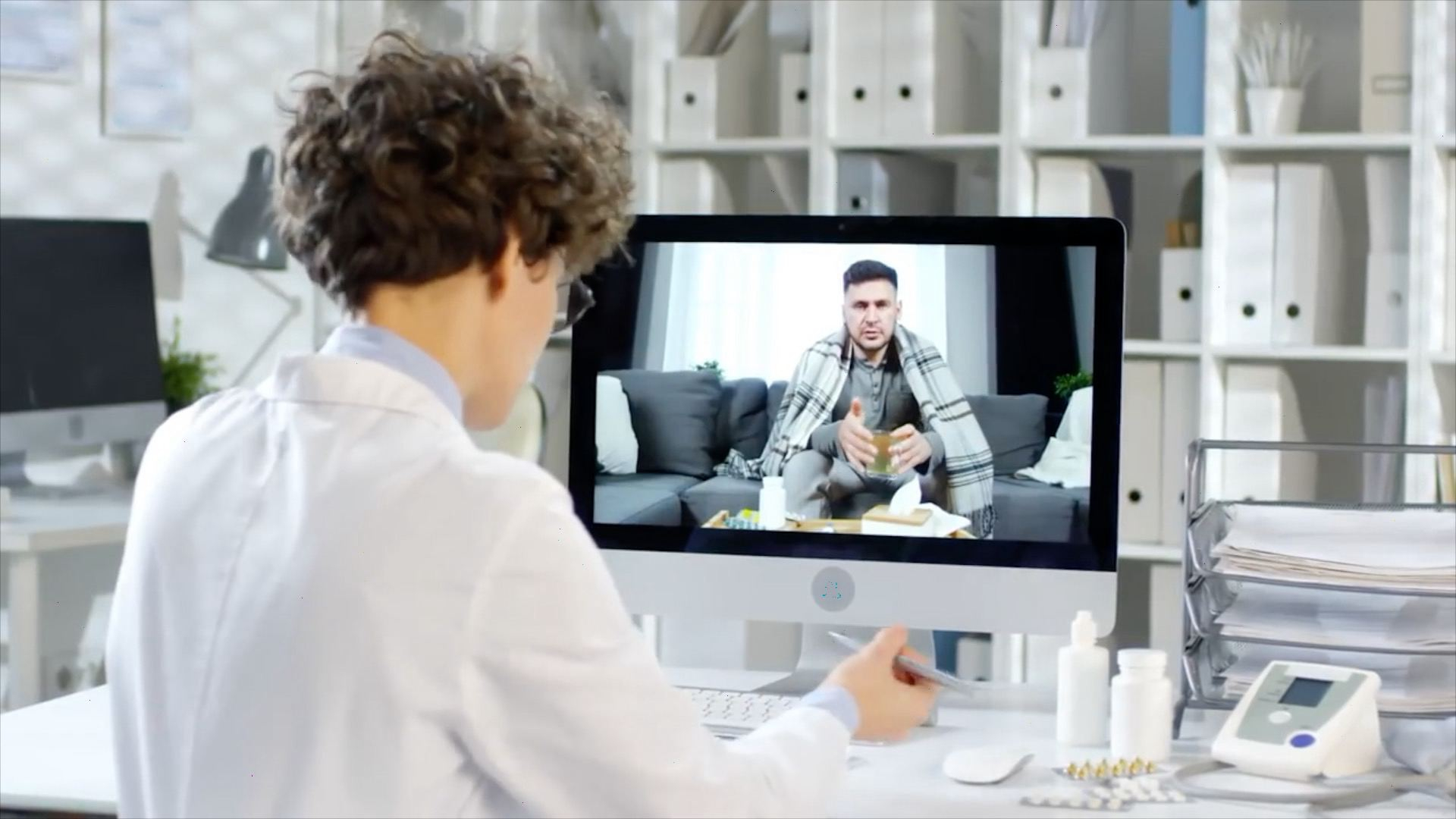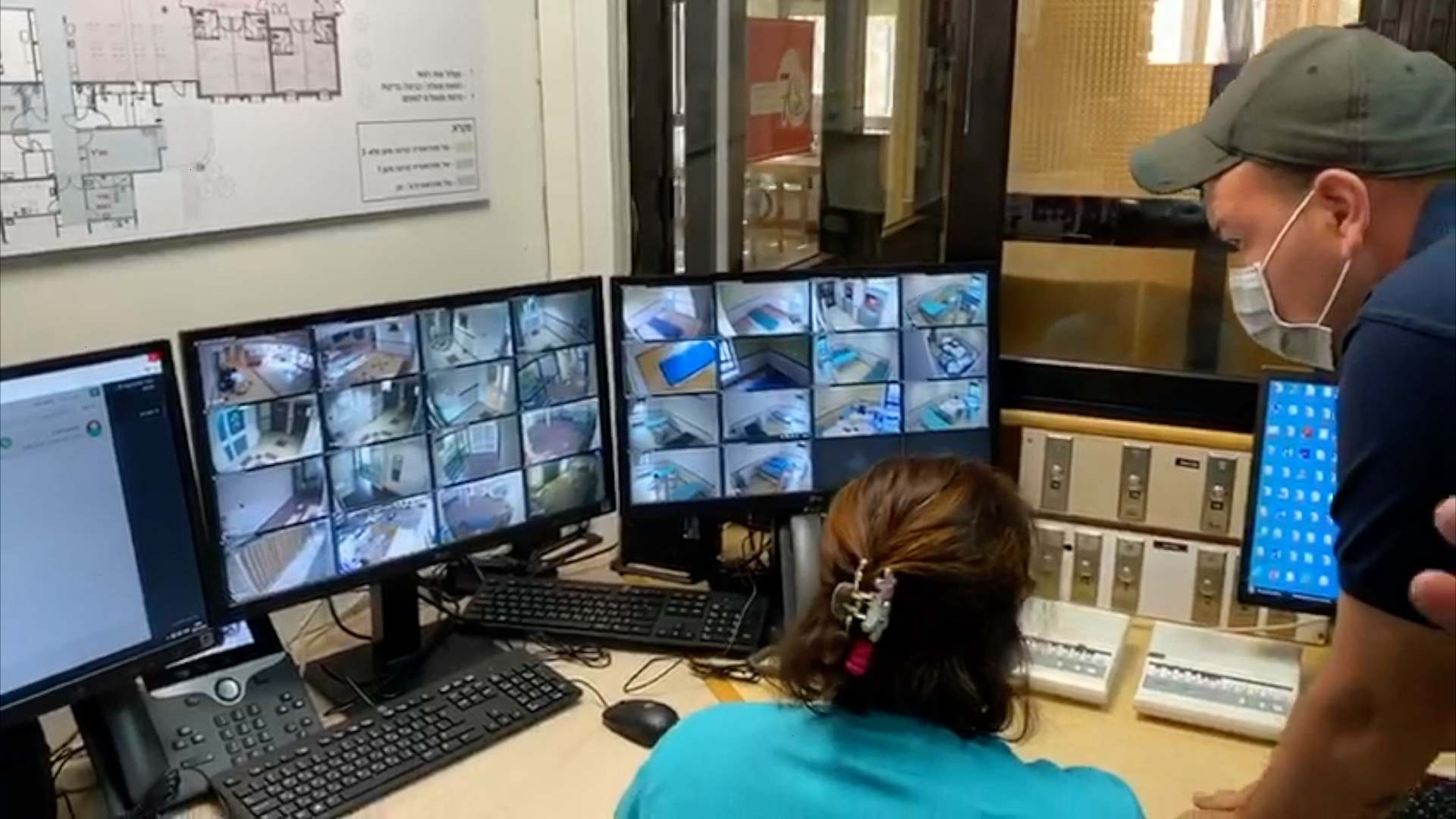
Telemedicine patient consultation. /CGTN
Telemedicine patient consultation. /CGTN
"Social distancing" is the global trending term during current days of the novel coronavirus pandemic that calls on people to maintain a two-meter or six-foot distance from each other to avoid being infected with the virus.
For medical teams on the COVID-19 frontlines, the luxury of social distancing doesn't exist. Caring for patients in isolation wards presents a risk the medical world counteracts with protective gear and, in some cases, telemedicine.
Telemedicine: How it works
Telemedicine is the practice of remotely conducting assessments in real time. Patients can dial into a physician via smartphone or computer using an app and a plug in device that allows physicians to interact with patients without the "hands on" normally associated with doctor visits.
In Israel, telemedicine has been in practice for years. Navigating COVID-19, doctors can take a patient's body temperature, monitor lung and heart function and advise patients on the next moves without direct contact.

A man walks outside the Corona Critical Care Center at Tel Ha'Shomer Hospital in Tel Aviv. /CGTN
A man walks outside the Corona Critical Care Center at Tel Ha'Shomer Hospital in Tel Aviv. /CGTN
Israel's Corona Critical Care Center at Tel Ha'Shomer Hospital in Tel Aviv is implementing telemedicine to patient and physician advantage not only in remote diagnostics but also in monitoring ICU and isolation units and interacting with patients.
ICU & isolation robotics
One telemedicine angle Tel Ha'Shomer uses in pandemic times is robotics. Fully automated robots move into isolation wards and, using sophisticated two-way cameras "shows" attending physicians each patient inside the ward, giving them the means to devise treatment.
"You have like ten patients and only one intensive care specialist. The most important thing is not the actual maneuvers – it's the decision-making," Dr Yoram Klein, Tel Ha'Shomer's Corona Critical Care chief ventilation augmentation specialist tells CGTN.

Patient rooms can be monitored simultaneously. /CGTN
Patient rooms can be monitored simultaneously. /CGTN
Cameras installed in isolation wards allow medical teams to monitor all patients at once and via microphones, patients can communicate with doctors and nurses at will.
At the same time, information collected from telemedicine monitoring is added to a database allowing researchers to draw conclusions about the novel coronavirus and apply findings to real-time practices